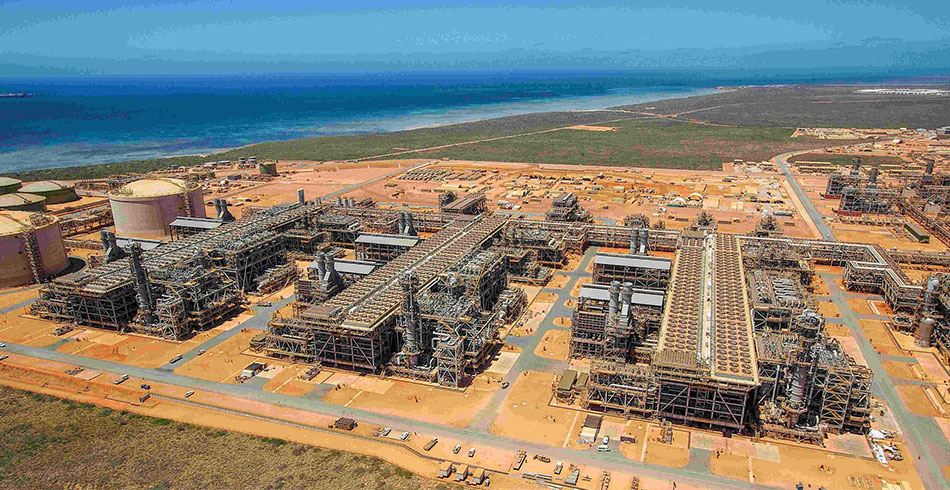Western Australian environment minister Amber-Jade Sanderson is seeking an explanation from energy giant Chevron after it announced it had fallen short of its five-year carbon capture and storage (CCS) target, The Guardian reports.
Chevron’s self-described world’s biggest CCS project saw it capturing and injecting carbon dioxide under an island off Western Australia, however, it failed to meet requirements to capture at least 80 per cent of emissions from a gas reservoir over the first five years of the Gorgon liquefied natural gas (LNG) development.
Climate campaigners believe the company should be heavily fined for this shortfall, and Western Australian environment minister Amber-Jade Sanderson said she had called a meeting with Chevron “to seek an explanation of how the company intends to address the issue”.
Related article: World-first Carbon Industry Code of Conduct now operational
Chevron Australia, which operates the Gorgon facility on behalf of partners including Shell and ExxonMobil, said it was “poised to reach a significant milestone” of injecting 5 million tonnes of greenhouse gas more than 2km beneath Barrow Island since sequestration began in August 2019.
“The road hasn’t always been smooth, but the challenges we’ve faced and overcome make it easier for those who aspire to reduce their emissions through CCS,” Chevron Australia boss Mark Hatfield said.
Hatfield said the company would work with the WA regulator on how to “make up the shortfall” and planned to release a report on the issue later this year.
Ian Porter, a former oil and gas industry executive who now chairs the advocacy group Sustainable Energy Now WA, said the report was likely to find the project had captured only 30 per cent of its carbon target.
“It’s a shocking failure of one of the world’s largest engineering projects,” Porter said.
“Chevron needs to face significant fines and be forced to offset the more than six million tonnes of unauthorised legacy carbon dioxide releases.
“I sincerely hope CCS does work one day. Ultimately, we need it. But until that time, it is reckless and disingenuous for the industry to keep pretending that it can expand operations and reach net zero.”
Related article: Oil and gas industry lobbies for blue hydrogen
Data shows the Gorgon facility has twice breached its initial emissions limit under the safeguard mechanism, a federal government policy that was promised to cap industrial carbon pollution but has allowed continued increases.
When the scheme started in 2016-17, Gorgon’s annual emissions baseline was 8.34m tonnes of CO2.
It released 9.02m tonnes in 2017-18 and 8.97m tonnes in 2018-19, the most recent year for which data is available. Rather than be penalised for the breaches, it was allowed to set a new baseline calculated across a three-year period.
Separate official data from the Clean Energy Regulator shows Chevron was responsible for more than 10.2m tonnes of CO2 in 2019-20, making it Australia’s eighth-biggest emitter.







